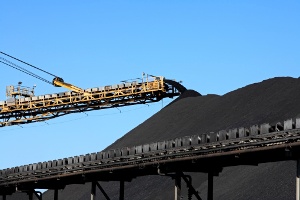You have 0 Articles Left This Month. Register Today for Unlimited Access.
Get our new eMagazine delivered to your inbox every month.
Stay in the know on the latest safety trends.
SUBSCRIBE TODAYCopyright ©2024. All Rights Reserved BNP Media.
Design, CMS, Hosting & Web Development :: ePublishing
 Assistant Secretary of Labor for Mine Safety and Health Joseph Main gave the mining industry credit for its role in the overall improvement in the compliance level at mines across the country, but said bringing all mines into compliance should be the goal of the entire industry.
Assistant Secretary of Labor for Mine Safety and Health Joseph Main gave the mining industry credit for its role in the overall improvement in the compliance level at mines across the country, but said bringing all mines into compliance should be the goal of the entire industry.